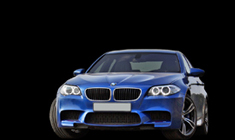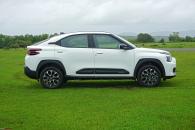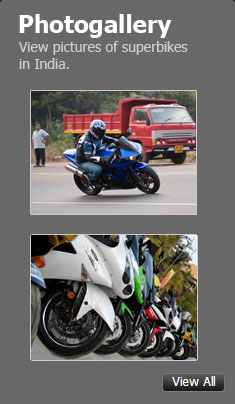News
Converted my i20 Asta diesel to the N-Line variant: List of changes
All these upgrades cost me around the same as jumping to a higher variant or more, but for me, it feels like I now have a special car.
BHPian hasgardee recently shared this with other enthusiasts.

How I Ended Up Buying the i20 in 2021
Before diving into the modifications I've done to my car, let me share a quick story about how I ended up purchasing the Hyundai i20 in 2021. My requirements were quite specific: I needed an engine that wasn't less punchy, a high level of fit and finish, and ample space in the rear to comfortably seat three passengers. With a budget of around 8-9 lakhs, I shortlisted three hatchbacks: the i20, Baleno, and Altroz. I didn't consider any other segments beyond hatchbacks.
Baleno and Altroz were good options as well. With Baleno, I needed a little bit more punchy engine, while with Altroz, fit and finish, and Tata service history were concerns. Nonetheless, both were very nice cars for that budget range. Ultimately, the 1.5 CRDi engine in the i20 was the perfect touch for me. With its whopping 240Nm torque and the initial push it gave for such a small car, along with the option to explore remap options if needed, it sealed the deal.
I was a fan of the i20N, which was available only in Europe at the time, so the design aspect of the i20 gave me the feeling of getting a mini i20N. The looks of the i20 caught my eye especially the front and cuts and creases, which had a modern touch that appealed to me. The interior stood out as top-notch compared to the others. However, the rear design was a bit of a letdown due to the chrome strip and the somewhat disproportionate rear top area. The i20 1.5 diesel variant almost perfectly matched all my requirements, though I had to stretch my budget by about 1.2 lakhs for the Sportz variant.
I was aware of potential DPF issues before purchasing, but after learning that Hyundai has been selling DPF-equipped vehicles outside India for a long time, I decided not to worry. Understanding how the DPF works further reassured me, and so far, I've experienced no major issues with it. After a few months with the car, I delved deeper into understanding the DPF system. I purchased a decent OBD II connector, but none of the available apps were providing proper DPF readings for my car. Determined to find a solution, I connected with the developer of the Car Scanner app and provided them with my car's readings to add the Hyundai 1.5 CRDi car profile and he added that to his app. After a few weeks, I gained access to my DPF readings and thoroughly examined how it works, providing me with a clear picture of my car's DPF behaviors. This entire journey could be a story for another separate post.

Comprehensive List of Modifications
I was particularly keen on maintaining a subtle and understated aesthetic with my car modifications, avoiding anything that would make my car stand out excessively. I opted for subtle OEM-like modifications, ensuring that they wouldn't compromise the security of the vehicle. After all, this car serves as both my family's primary mode of transportation and a means of travel, rather than being solely a project car for me.
I took a hands-on approach to most of the upgrades, personally handling the installations myself. However, I refrained from modifications involving painting, as I was skeptical about aftermarket accessory shops dealing with my car, particularly when it came to the removal of trim. I was concerned about potential rattling issues that could arise from such modifications. In fact, I implemented various measures to prevent rattling throughout the installation process, which I'll detail shortly.
Additionally, when I started the modifications, the i20 N Line hadn't been launched yet. However, after its release, many of my modifications were aimed at transferring my i20 sportz to i20 N Line diesel variant, which Hyundai didn't offer. Moreover, due to budget constraints and the desire to experience the feeling of a new car after each modification, I spaced out the installation of each modification over several months. I will explain each modification I made in detail, However, since I did not initially plan to document these upgrades, which took place over the last three years, I don't have a complete photo or video record of the entire installation process. I will attach any available photos of each upgrade.
Tyre and Alloy Upgrade
The very first modification I tackled was upgrading my tyres and alloys, a common starting point for many car enthusiasts. The decision to change the tyres stemmed from the factory-fitted CEAT Secura tyres, which proved to be noisy and rigid. Paired with the stiff suspension setup of the i20 diesel, these tyres only exacerbated the issue. To remedy this, I opted to swap out the CEAT Secura tyres for Continental UC6 tyres. The difference was immediately noticeable, both in terms of reduced road noise and improved grip on various surfaces.
Following the tyre upgrade, my attention turned to the alloys. The stock wheel caps on the i20 Sportz resembled alloy wheel, which didn't quite align with my preferences. I began exploring various aftermarket alloy options, but I was hesitant about Indian brands due to concerns about durability and performance. While some international options caught my eye, they often came with a hefty price tag. It was during this search that I considered Hyundai's own alloy offerings. This option provided two key advantages: reasonable pricing and easy replacement in case of single alloy damage.
Amidst my search, I stumbled upon the alloy wheels from the Verna Turbo model. These wheels featured a unique diamond-cut design with a glossy black finish a departure from the typical gray finish found on most Hyundai alloys. After some virtual experimentation with Photoshop to visualize how they would complement my fiery red i20, I was convinced of their compatibility. I made the decision to go for the Verna Turbo alloys, completing the first phase of my wheel related upgrades.
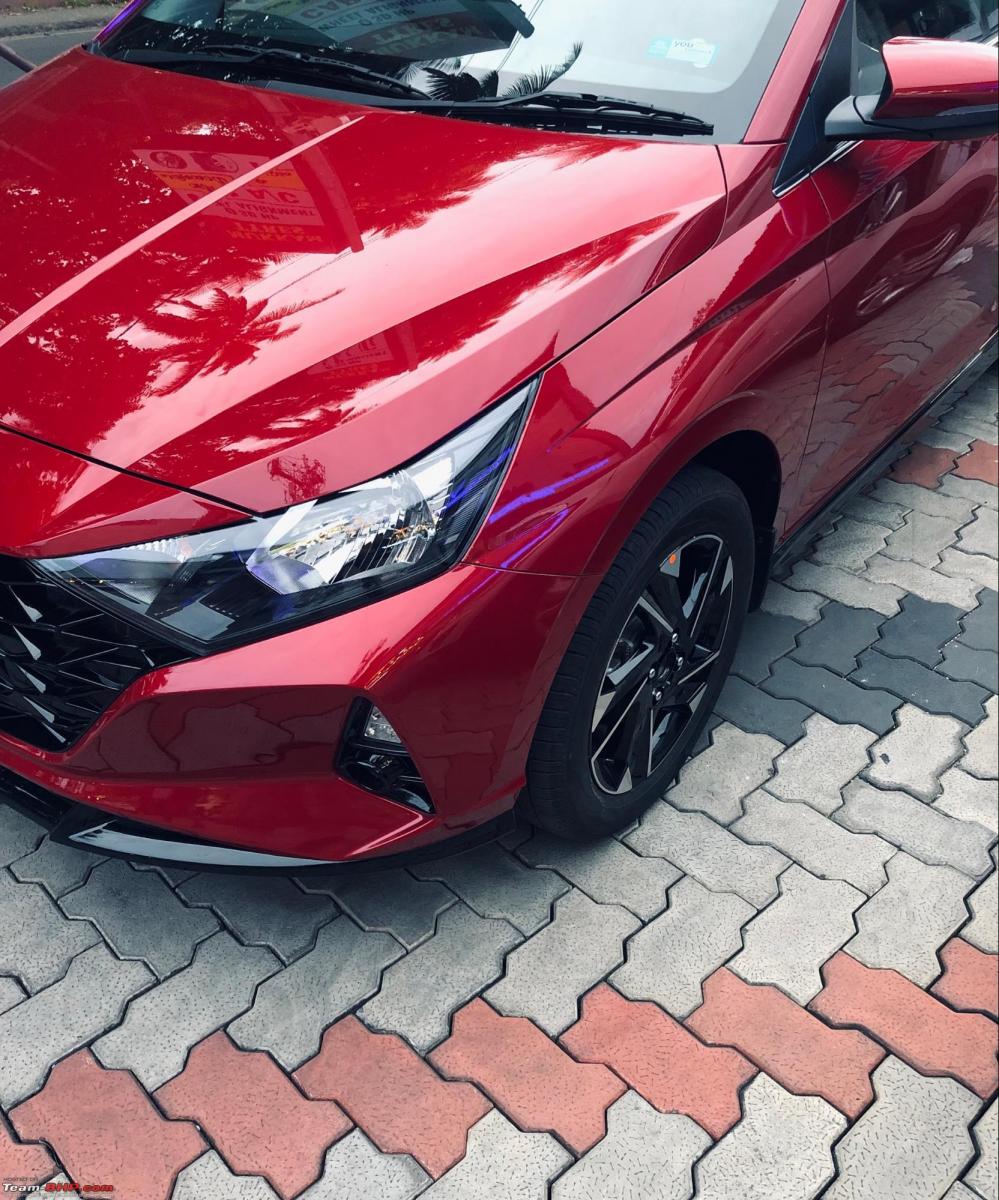
Adding Auto-Dimming IRVM
One feature notably absent from the standard i20 variants, including the Asta O, was an auto-dimming IRVM. Initially, I didn't consider it a significant omission, thinking that manually adjusting the mirror at night and returning it to its normal state in the morning would suffice. However, I found myself occasionally struggling with the adjustment, leading to moments of confusion and inconvenience during nighttime driving. It was then that I decided to take matters into my own hands and add this feature to my i20.
My search for options began with exploring offerings from Hyundai themselves. However, the OEM option proved to be prohibitively expensive. So, I decided to explore other car companies' OEM options. Aftermarket solutions were my last resort, knowing that a single company manufactures IRVMs for many car brands, resulting in nearly identical fits. Turning to other company OEM solutions, I considered two alternatives: the Honda frameless IRVM and Maruti's auto-dimming IRVM. Interestingly, both options were manufactured by the same company, resulting in nearly identical fits.
Initially, I leaned towards the Honda option, but a sudden and significant price increase from around 800 to 6,000 rupees led me to reconsider. Ultimately, I opted for the Maruti variant, commonly found in many of their car models. After testing it in a Maruti vehicle and being impressed by its quick response and effectiveness, I made the decision to proceed. Despite the slightly flimsy plastic construction, the functionality far outweighed any minor concerns.
Because I'm not that good with electronics, I always seek help from my friend Subith. He also owns the same generation i20, and we’ve done almost all of these mods in both cars, with only a few differences. He actually created the entire wiring and setup when he was doing the mod in his car and sent it to me, which made the installation much easier for me. With the addition of necessary wires and couplers, the installation was smooth, and the Maruti part integrated seamlessly into my i20. Although the Maruti part didn't provide a perfect fit for covering the wires, a Hyundai part served as an ideal solution. In the end, I achieved the perfect fit for an auto-dimming IRVM at a fraction of the cost.






Headlight and Other Lighting Upgrades
This was the upgrade I truly needed, not just for better night driving performance but also to enhance the car’s aesthetics. Upgrading the headlights would significantly elevate the front look of my car. From the beginning, I wanted this upgrade and even consulted the Hyundai service center team about it. Unfortunately, they had no experience with this swap for the i20, although they had done it for the Creta. I patiently waited for them to be ready by my next service, but received the same response.
Frustrated with the wait, I decided to start my own research. This led me to the well-known coupler market in Delhi. I contacted a few sellers and found someone who had already done this upgrade. I purchased the coupler from him before acquiring the headlights. During my search for the coupler, I discovered a large market for second-hand headlights. Surprisingly, I found projector headlights for the i20 available at a fraction of the price of new ones. Being from South India, I wasn’t initially aware of this market. However, I realized these headlights came from accident vehicles and might have undergone some repairs. I thoroughly examined the pictures and even did a video call inspection before placing an order for a pair.
When I received both the headlights and the coupler, I noticed some minor scratches here and there, but nothing major. The headlights were working perfectly. I also asked the coupler guy to make my cornering lamp functional. While it couldn’t work like other cars' cornering lamps that turn on with the steering change, he wired it so that the cornering lamps would be on whenever the headlights were on. I was okay with this compromise, as it meant my cornering lamps were still somewhat functional with this upgrade.
The installation process was straightforward with the couplers I had purchased. The new headlights not only enhanced the night driving experience with better visibility but also gave my car a sporty, upscale look. The beam was more focused and brighter compared to the stock halogen headlights.
Additionally, I made some other lighting upgrades. I replaced the fog lights with LED ones, which matched the brightness and color temperature of the new projector headlights. I also upgraded the interior lights and number plate lights to LEDs
These lighting upgrades collectively transformed the overall appearance and functionality of my car, making it safer and more stylish.
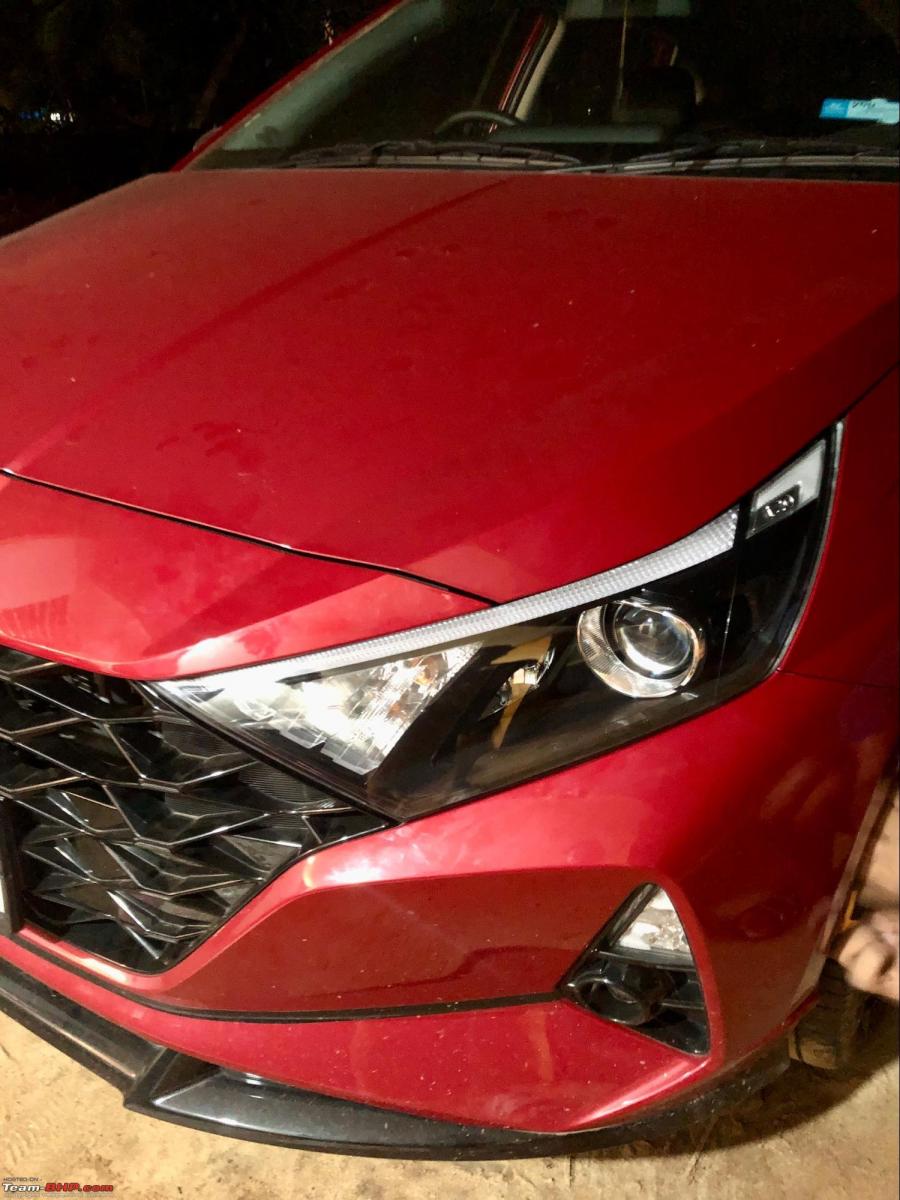

i20 N Line Launch

When I initially purchased my i20 in June 2021, I couldn't help but inquire about the possibility of an i20 N Line launch, spurred by leaked test mule images. However, like many sales representatives eager to secure a sale, I was assured that such a launch was highly unlikely.
So, when the i20 N Line was eventually unveiled, I was impressed by Hyundai's execution of the N Line, with its subtle yet impactful design upgrades that didn't resemble typical aftermarket modifications. The aggressive front, sleek side skirts, and refined rear bumper elements and spoiler with side wings were all meticulously crafted, elevating the i20's aesthetic appeal. Additionally, the mechanical enhancements, particularly the steering finish, left a lasting impression, making it one of the best in its class. Nevertheless, whenever I encountered an i20 N Line on the road, I couldn't help but be captivated by its presence. At that time, I read a discussion on Team-BHP where someone was asking if they should sell their regular i20 and get the i20 N Line or just modify their current car. I was in a similar situation, but I wasn't ready to give up my 1.5 CRDi. Since Hyundai doesn't offer that option with the N Line, modification was the only option for me.
During this time, I had the opportunity to connect with like-minded i20 owners who shared my passion for modifications. Together, we formed a small but dedicated group focused on discussing potential upgrades and supporting each other throughout our modification journeys. I'm grateful for the invaluable assistance and camaraderie provided by Subith, Prasad, Sushant and Jayant.
First N Line Specific Modification: Diffuser and Exhaust Tip
As I mentioned initially, the rear design of the i20 was a major letdown for me. However, Hyundai addressed this with the N Line by adding a new spoiler, side wings, a more aggressive diffuser with an exhaust tip, and darkening the rear chrome line. Regarding the chrome line, I applied two layers of sticker red and black transparent vinyl, giving it an integrated look with the tail light assembly.
The N Line rear enhancements were appealing, so just a few weeks after the N Line deliveries began, I ordered the spoiler, side wings, and rear diffuser. I received the parts within a few weeks and I gave them to paint all to black. But then realized that installing the spoiler would be tricky. Unlike typical spoilers that have holes for screws, the N Line spoiler had built-in screws requiring a precise template for drilling. Unable to find such a template, I decided to wait and see if anyone else shared a tutorial or guide oN Line. Unfortunately, no such resources appeared.
In the meantime, I installed the rear bumper diffuser with the exhaust tip cut-out. I purchased an N Line like exhaust tip from AliExpress since a similar exhaust tip wasn't available in India. I had it shipped to a friend in Dubai who then forwarded it to me, along with some small cosmetic items which I'll detail later. The bumper diffuser installation was straightforward. I removed the screws and clips, detached the rear bumper, and disconnected all associated wiring. When working on modifications involving clip removals, I usually order extra clips beforehand to avoid any potential rattling issues. This preparation was handy later when dealing with door panels, but it wasn't necessary for the bumper diffuser. After removing the stock diffuser, I installed the N Line diffuser. For the exhaust tip, I took it to a local welding shop to have it welded onto my stock exhaust. I also sprayed some 3M Silencer Coating on it to avoid the well-known Hyundai exhaust rusting issue in the future. Initially, I was concerned about the exhaust tip being slightly larger than the N Line tip, but over time, I grew to appreciate its more aggressive appearance.
Continue reading BHPian hasgardee's thread for more insights and information.
















